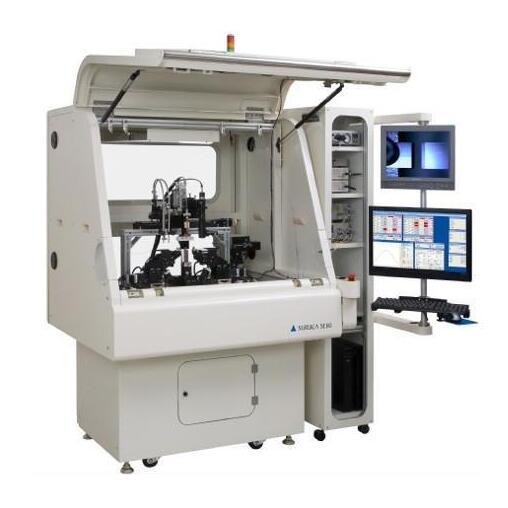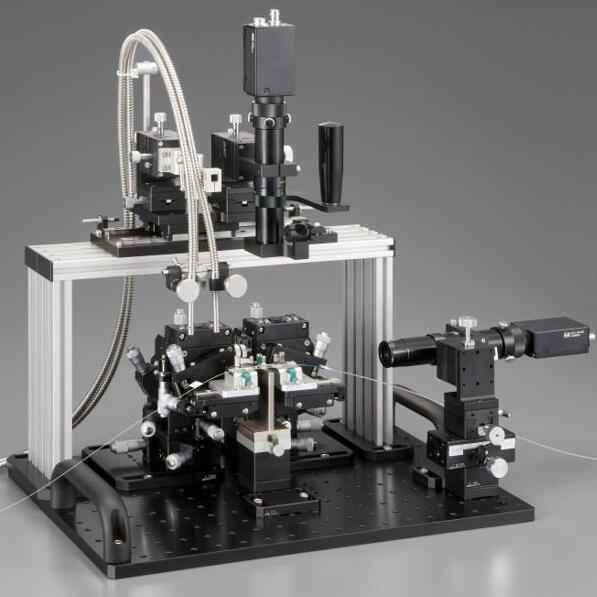In today’s world, high-speed internet and seamless communication are
made possible by the sophisticated technologies behind optical fiber systems.
One critical aspect of these systems is the optical fiber alignment system a precise and essential technology
that ensures the effective transmission of data through optical fibers. This
system plays a pivotal role in maintaining the high performance and reliability
of fiber optic networks.
What is an Optical Fiber Alignment System?
An optical fiber alignment
system is a device or set of components used to position and align optical
fibers so that light signals can travel with minimal loss. The system ensures
that the core of each fiber is perfectly aligned, so light can be transmitted
efficiently from one fiber to another. Even the smallest misalignment can cause
significant data loss, signal degradation, or reduced transmission speeds.
These systems are essential during the process of fiber splicing,
where two optical fibers are joined together, or during the assembly of fiber
optic connectors. The precision with which the fibers are aligned directly
affects the quality of the connection and, by extension, the performance of the
entire optical network.
Why is Fiber Alignment Important?
1. Signal Integrity
Optical fibers work by transmitting light signals, which carry data
over long distances. The alignment system ensures that the fibers remain in the
correct position, allowing the light to pass through without interference.
Misalignment can cause light to scatter or reflect, leading to signal loss and
reduced performance.
2. Improved Performance
With proper alignment, optical fiber networks can maintain high
bandwidth and low latency, which are essential for modern communication systems
like high-speed internet, telecommunication, and data centers. The better the
alignment, the less signal degradation occurs, improving overall performance.
3. Cost-Efficiency and Longevity
A well-aligned fiber system reduces the need for repairs and
maintenance caused by poor connections or faulty splices. It helps increase the
lifespan of fiber optic components, making it a more cost-effective solution in
the long run.
Key Components of an Optical Fiber Alignment System
Precision Motors: These are used to fine-tune the positioning of fibers
to ensure they are perfectly aligned.
Alignment Fixtures: Special tools or jigs hold the fibers in place
during the splicing or connector assembly process.
Optical Sensors: These sensors detect the position of the fibers and
help adjust them until they are optimally aligned.
Conclusion
An optical fiber alignment system is a crucial technology in the field of fiber optics, ensuring the reliable and efficient transmission of data across networks. By guaranteeing that optical fibers are precisely aligned, these systems help maintain the quality, performance, and longevity of fiber optic communication systems. As the demand for faster and more reliable internet continues to grow, the role of fiber alignment technology will only become more critical.
Next: PM Fiber Patch Cables: Precision Connectivity for Advanced Optical Networks




